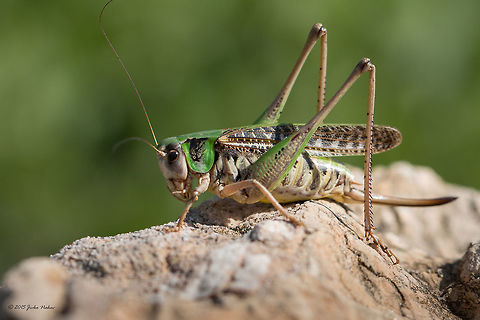
Appearance
Adult wart-biters are 31–37 millimetres , with females being significantly larger than males. They are typically dark green in colour, usually with dark brown blotches on the pronotum and wings . The female has a long and slightly upcurved ovipositor.The wart-biter has a song consisting of a rapidly repeated series of short bursts of clicks, sometimes lasting for several minutes.
Wart-biters normally move about by walking; they rarely fly, except when frightened. Most can only fly 3 to 4 metres at a time.
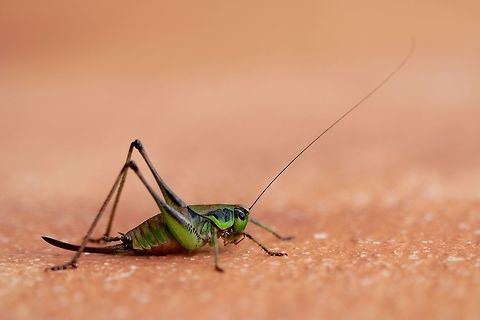
Distribution
This species occurs throughout continental Europe, except the extreme south, ranging from southern Scandinavia to Spain, Italy, and Greece. It is also found in temperate Asia, as far east as China. Geographic features such as mountains have fragmented the species, leading to a wide range of forms and numerous subspecies.In Britain, the wart-biter is confined to five sites, two in East Sussex, and one each in Wiltshire, Dorset and Kent.
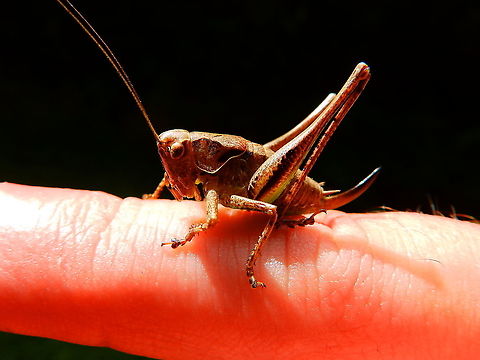
Status
This species occurs throughout continental Europe, except the extreme south, ranging from southern Scandinavia to Spain, Italy, and Greece. It is also found in temperate Asia, as far east as China. Geographic features such as mountains have fragmented the species, leading to a wide range of forms and numerous subspecies.In Britain, the wart-biter is confined to five sites, two in East Sussex, and one each in Wiltshire, Dorset and Kent.The population of wart-biters has declined in many areas of northern Europe. In Britain, it is threatened with extirpation. The species is the subject of a United Kingdom Biodiversity Action Plan.
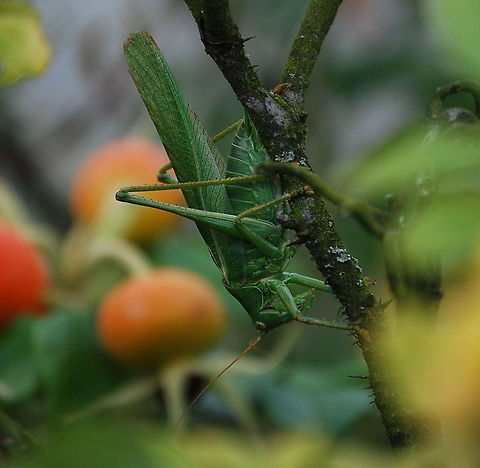
Behavior
The wart-biter lays its eggs in the soil; these eggs normally hatch after two winters. It then passes through seven instar stages between April and June. The adult stage is reached in the beginning of July. Wart-biter populations peak in late July and early August.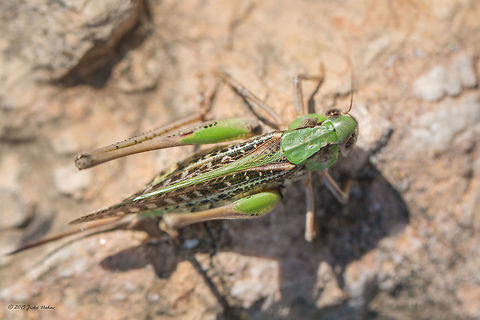
Habitat
The species is found in calcareous grassland and heathland habitats.Wart-biters need a mosaic of vegetation, including bare ground/short turf, grass tussocks, and a sward rich in flowering forbs. They prefer areas that are not heavily grazed. The species is thermophilous, and tends to occur on sites with a southerly aspect.
Food
The species is omnivorous. Plants eaten include knapweed, nettles, bedstraws; the species also eats insects, including other grasshoppers.References:
Some text fragments are auto parsed from Wikipedia.